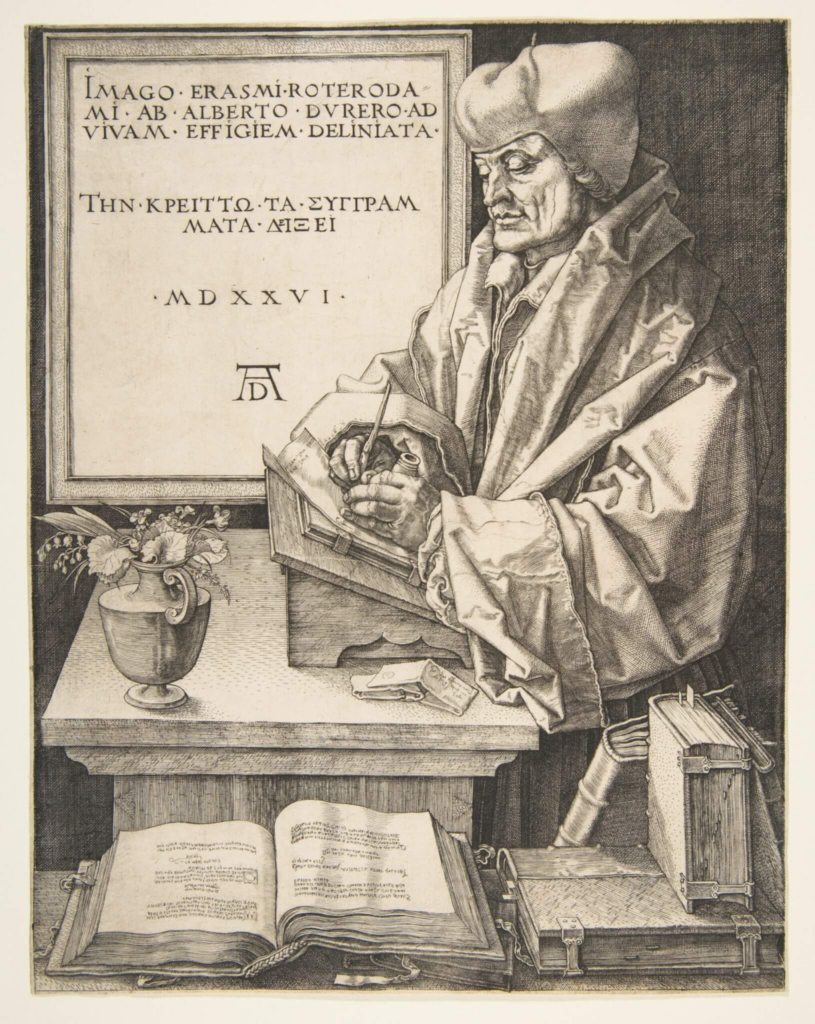
Image retrieved from:
https://circeinstitute.org/blog/blog-renaissance-humanists-classical-education-citizenship/
Summary
This week, I read the article When Inclusion Exclude by Mariana Funes and Jenny Mackness (2018), where they discuss the inclusivity in open online education. They highlight the importance of open online courses, social media-based learning environments, and the networked learning paradigm. Funes and Mackness reveal a prevalent problem with online platforms and that although they are meant to be used by everyone and empower the users, they often have underlying rules and norms. These norms include how people talk, write, and use the technology, which can often make others feel left out and excluded in these platforms. The article does an excellent job with critiquing these platforms that although the learning space is “open” and free, it does not automatically mean that it’s inclusive where everyone feels safe or heard. Likewise, they touch on how there are power dynamics with who feels comfortable speaking up, being listened to, and who gets pushed aside. More often than not, they note that people have to “fit in” with the group’s way of thinking and/or talking. Overall, the authors call for a change with these unspoken barriers and for educators to create spaces that respect differences and hear diverse voices and opinions.
My Personal Thoughts
This article made me think about how equity plays a vital role in education. For instance, I unintentionally favor those with digital fluency and have a difficult time explaining things to others who are not familiar with certain platforms. Upon reflection, this makes me think about how open and free learning platforms make students feel seen or heard, especially when some courses may or may not be synchronous/asynchronous. Mackness’s main concern that “being seen online doesn’t always mean being heard” stood out to me because although I’m active online and I’ve signed online petitions, it does not always make me feel heard. I find that people who have more support from others and gather enough people who support the same idea will be heard and seen much more than someone who just participated in a cause.
When I first joined an online course at UVic, I found it difficult to navigate the website because the professor advertised the platform being easy-to-use and refrained from doing a tutorial since it was intuitive. I’ve been using online platforms for a long time in my academic career, and I even found it hard to navigate the website at first. Everyone already seemed to know the tech tools and used the website terms I didn’t understand at the time. Although the course was open and online, where I could explore and navigate through the website in my own time, I still found it difficult because I was afraid to make a mistake that I couldn’t undo myself. Although the course made it fair for everyone who was registered in the course, I found that it was difficult to make the students feel welcome and supported because there was no prior tutorial. It made me wonder if it was made for people with strong digital literacy, lots of free time to fiddle around with the platform, or are familiar with a similar website.
Moving forward, I think that it’s important for the educators to consider and also be a representative of diverse voices where they know what it feels to be unheard and unseen even when people say they are otherwise. Having people who make these platforms must understand what it means to feel unheard and have the same passion for change to be heard. I think that this is true for many aspects in everyday lives, not just education. Many Indigenous Peoples have felt unheard and unseen despite their efforts because they aren’t in the majority and in power. For instance, displaying art in public spaces is a powerful reminder of Indigenous cultural value and the importance of respecting it.
I was at this art exhibition a few weeks ago and the theme of being seen and being heard reminded me of this wonderful photo by Terrance Houle that I feel describes this.

Image retrieved from:
https://www.excal.on.ca/arts/2010/09/25/reinventing-first-nations-art/
References
Funes, M., & Mackness, J. (2018). When inclusion excludes: a counter narrative of open online education. Learning, Media and Technology, 43(2), 119–138. https://doi.org/10.1080/17439884.2018.1444638
estoynova
June 25, 2025 — 11:34 am
Hello Therese!
I really appreciated how concisely and expertly you illustrated the issue of the illusion of inclusivity in certain open and free environments. Your example of not being able to navigate a “intuitive” platform immediately is something I have also come across in various professional and academic contexts. I had an experience on a co-op where I was asked to use the JIRA Project Management Software for the first time and I had absolutely no clue how to navigate it, even though my supervisor said I’d pick it up quickly then left me to my own devices. Because the software was advertised as “easy” I felt ashamed that I wasn’t able to pick it up quickly and was too embarrassed to ask for help. These feelings, obviously, would not be helpful to anyone’s learning journey.
There is actually a field within health informatics, the areas of my undergraduate degree, that concerns itself with usability and user experience of health information systems. The focus is to ensure people using the systems are actually able to do so quickly and productively. Perhaps this is something of interest to you, here is a link if you’d like to learn more: https://www.numberanalytics.com/blog/usability-in-public-health-informatics#:~:text=Understanding%20Usability%20in%20Health%20IT&text=In%20the%20context%20of%20health,workflow%2C%20and%20overall%20user%20experience.
Thank you again for your post, I appreciate your valuable insights 🙂